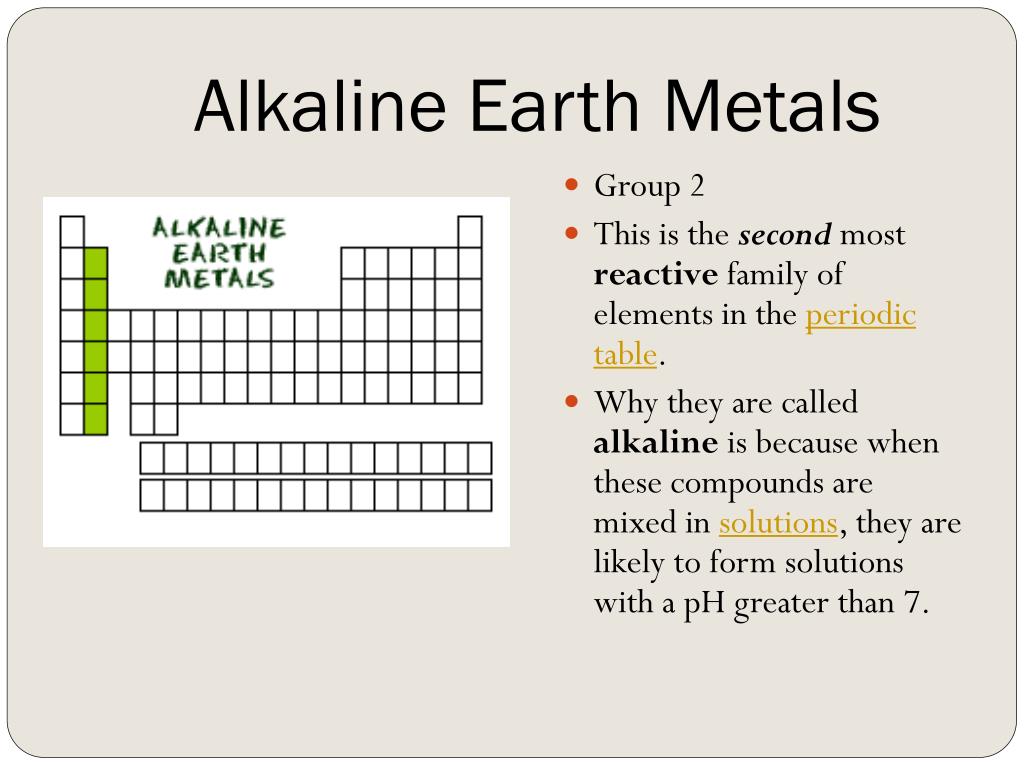

Once the ion–ionophore complex is formed, the outer hydrophobic surface of the “carrier” facilitates the transport into or across the nonpolar environment. Ionophores, such as valinomycin and nonactin, bind potassium ions preferentially over the other alkali metals. These ligands can arrange to form cavities with higher selectivity toward a specific ion in solution. The ion-carrier mechanism involves naturally occurring multidentate ligands known as ionophores. The transfer of an ion through a hydrophobic environment can be effected by two mechanisms. Ion transport processes across cellular membranes are governed by the role of competitive intramolecular and intermolecular interactions between solvent molecules, proteins or peptides, and the ions of interest. Such studies should also provide a model and some insight into the relative binding affinities of divalent metal ions to aromatic residues on peptides and proteins. These results are the first to provide information about the relative importance of cation–π interactions in divalent metal ions as a function of metal hydration extent. The unusual trend in reactivity observed for magnesium may be due to the presence of mixed shell structures observed previously. This result is consistent with the seventh water molecule being in the outer shell and much more weakly bound.

The reactivity of magnesium with seven water molecules is intermediate that of the hexa- and pentahydrate and the tetrahydrate. The slow reactivity observed for some of these clusters indicates that the cation–π interaction between the metal ion and benzene is partially screened by the surrounding water molecules. Magnesium with four water molecules reacts quickly, but not when five through seven water molecules are attached. For calcium, clusters with four and five water molecules react quickly, whereas those with six and seven water molecules do not. Barium reacts slightly faster than the corresponding strontium cluster with the same number of water molecules attached.

All of the strontium and barium clusters react quickly with benzene. Rate constants for solvent-exchange reactions were determined as a function of hydration extent for Mg 2+, Ca 2+, Sr 2+, and Ba 2+ clusters containing four to seven water molecules each. Gas-phase reactions of hydrated divalent alkaline earth metal ions and benzene were investigated by electrospray ionization Fourier-transform mass spectrometry.


 0 kommentar(er)
0 kommentar(er)
